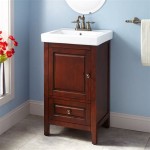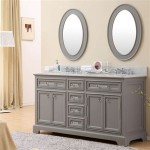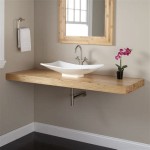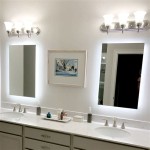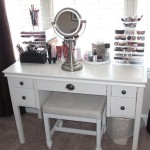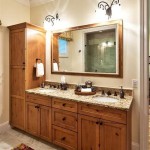Built-In Bathroom Vanity Cabinets: A Guide to Design and Installation
A well-designed bathroom vanity is the focal point of any bathroom, and built-in vanities offer a unique blend of style, functionality, and space-saving efficiency. Unlike freestanding vanities, built-in vanities seamlessly integrate with the bathroom's architecture, creating a streamlined and sophisticated look. This article will delve into the key considerations for choosing, designing, and installing built-in bathroom vanity cabinets.
Advantages of Built-In Bathroom Vanities
Built-in bathroom vanities present numerous advantages over their freestanding counterparts. The primary benefit lies in their ability to create a cohesive and custom look that complements the bathroom's overall design. By integrating seamlessly with the walls, built-in vanities eliminate the visual separation often found with freestanding models. This creates a sense of spaciousness and enhances the bathroom's aesthetic appeal.
Another significant advantage is the efficient use of space. Since built-in vanities are constructed directly into the bathroom's walls, they eliminate the need for additional floor space that freestanding vanities require. This is especially beneficial for smaller bathrooms where every inch counts. The cabinet space within built-in vanities can be customized to accommodate specific storage needs, maximizing organization and minimizing clutter.
Furthermore, built-in vanities provide enhanced durability and stability. As they are integrated with the bathroom's structural elements, they offer a more robust and long-lasting solution compared to freestanding vanities. This can translate into peace of mind and reduced maintenance concerns over the years.
Design Considerations for Built-In Bathroom Vanities
Designing a custom built-in bathroom vanity involves a careful consideration of various factors to ensure the final result meets both aesthetic and functional requirements. The first step is to determine the vanity's dimensions and configuration. This includes the length of the vanity, the number of sinks, and the desired cabinet configuration. The chosen dimensions should harmonize with the bathroom's overall layout and provide sufficient countertop space and storage capacity.
Next, the choice of materials plays a pivotal role in defining the vanity's style and longevity. Traditional materials like wood offer warmth and durability, while contemporary options such as laminates or acrylics provide a sleek and modern aesthetic. The chosen materials should seamlessly blend with the existing bathroom fixtures and decor. The countertop, sink, and hardware should also be carefully selected to complement the vanity's design and create a cohesive look.
Finally, the placement of the vanity should be considered in relation to other bathroom fixtures, lighting, and plumbing. Proper placement ensures ease of access, adequate lighting, and efficient use of the available space. It is also essential to ensure that the vanity's design and materials are compatible with the bathroom's plumbing and electrical infrastructure.
Installation of Built-In Bathroom Vanities
Installing a built-in bathroom vanity is a more complex process than installing a freestanding model. It requires precise measurements, careful planning, and skilled craftsmanship. The first step involves preparing the space by removing any existing fixtures or wall coverings. This may involve plumbing and electrical work to accommodate the new vanity's requirements. Once the space is prepared, the vanity's framework is constructed using a variety of materials, such as wood framing or lightweight concrete. This framework provides a solid foundation for the vanity's structure.
The next step involves installing the plumbing and electrical components. This may include running new pipes, wiring, or connecting to existing lines. It is essential to ensure that all plumbing and electrical work is done according to local codes and regulations. Once the plumbing and electrical are in place, the vanity's cabinets are installed, along with the countertop, sink, and hardware. The final step involves finishing the vanity's surfaces, applying sealant, and cleaning up the work area.
Building a custom built-in bathroom vanity is a significant investment, but the benefits of increased storage, a beautiful and cohesive design, and a durable and long-lasting fixture make it a worthwhile endeavor for homeowners seeking to enhance their bathroom's functionality and aesthetics.

Custom Bathroom Vanities And Cabinets Simpson Cabinetry

Pin On Interiors

A Step By Guide To Designing Your Bathroom Vanity

Vanities Furniture Style Vs Traditional Cabinet Toulmin Kitchen Bath Custom Cabinets Kitchens And Bathroom Design Remodeling In Tuscaloosa Birmingham Alabama

Bespoke Fitted Bathroom Vanity Unit Claude Clemaron Surrey Sus

Built In Bathroom Cabinet Traditional Ins White Designs Linen Tower

6 Modern Bathroom Vanity Design Ideas Lily Ann Cabinets
:max_bytes(150000):strip_icc()/diy-bathroom-vanity2-594416535f9b58d58a0ce30b.jpg?strip=all)
16 Diy Bathroom Vanity Plans You Can Build Today

Guide To Selecting Bathroom Cabinets

18 Savvy Bathroom Vanity Storage Ideas
